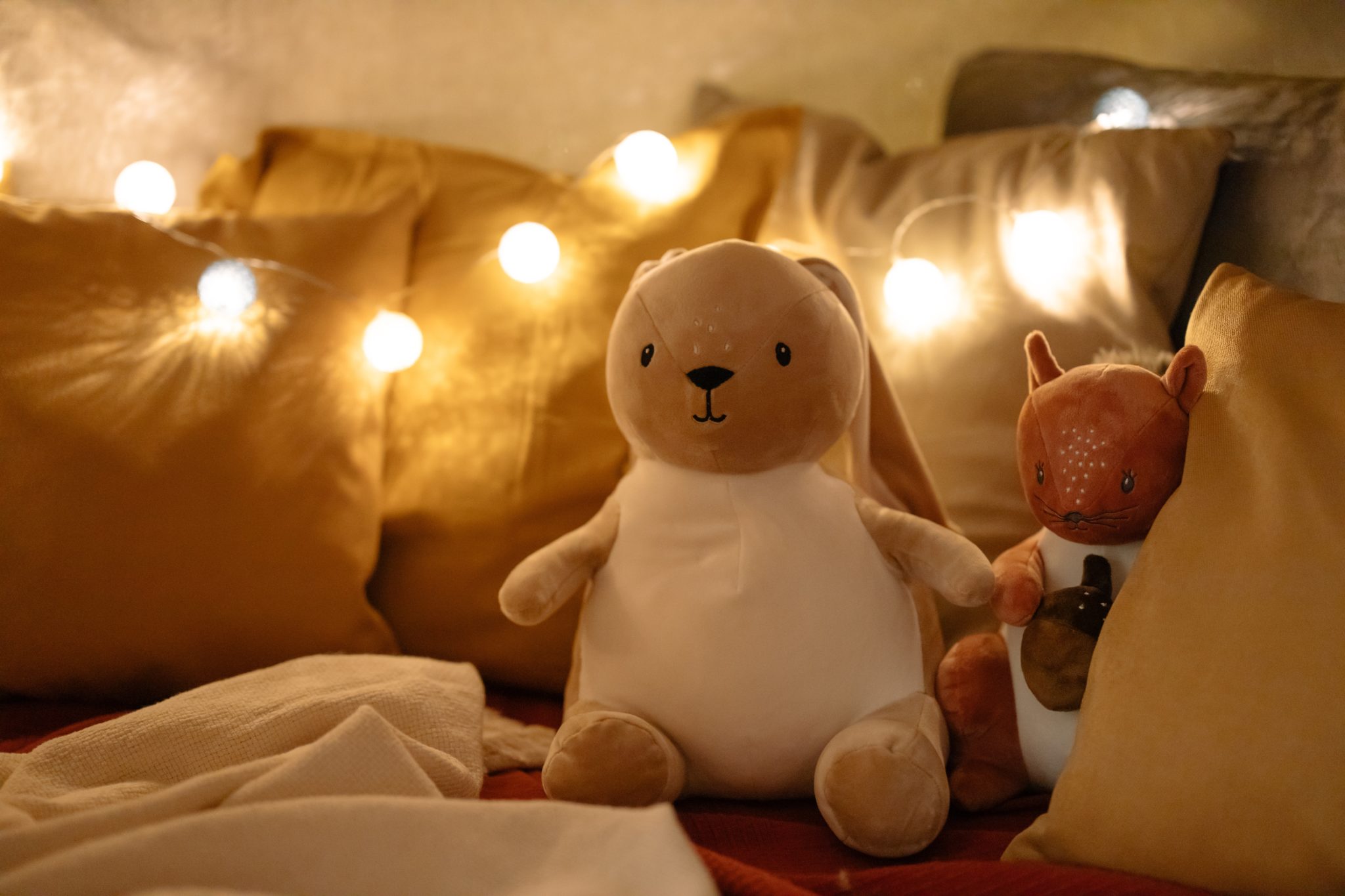After a busy couple of months jam-packed with holiday activities and get-togethers, I’m feeling more than ready for a good, long nap. Many Missouri animals, from bears and bats to snakes and frogs, take this sentiment a step further than we can and rest for weeks or even months at a time. This behavior is generally referred to as hibernation. But did you know that not every animal that disappears during the winter months is actually hibernating?

Let’s get technical! Bears, bats and small, non-migratory birds such as chickadees go into a state of torpor. Rather than one nonstop snooze, torpor is just a significant decrease in activity that allows these animals to survive the cold temperatures. Their naps can last days at a time, but these animals do wake up for a quick snack when their tummies start grumbling before returning to their nest or den.
Reptiles and amphibians, like snakes, lizards, turtles and frogs experience brumation. Unlike hibernating animals, cold-blooded creatures in brumation do not fill their bellies beforehand; their metabolic rate drops so low that they aren’t even able to digest any food! They may, however, wake up if the temperature gets high enough, which is why you may spot a lizard sunning itself on an unseasonably warm day.
Naturalists recommend some easy ways to help animals stay safe as they sleep through the winter. Avoid disturbing any brush piles this time of year. Consider providing healthy food and fresh water for visiting birds and squirrels. You can even place your browning Christmas tree in a quiet corner of your yard to provide a simple, natural shelter for hibernating animals.
Armed with some new knowledge about what our animal friends get up to during the winter months, here are some fun hibernation activities to keep the learning going!
Hibernation Activities:
Winter walk
Bundle up and head out on a wintertime walk in the woods! Even when the trees are bare and the ground is frozen, there’s plenty to observe if you keep your eyes peeled. Animals have all sorts of clever ways to keep warm when the temperature drops. See if you can spot birds with puffed-up feathers or delightfully chubby squirrels searching for the food reserves they stashed during the fall. Talk about the different places where animals hibernate and be on the lookout for the best hiding spots — but be respectful and don’t interrupt anyone’s nap!
Build a hibernaculum
Here’s a new vocabulary word for you: hibernaculum is a fancy name for the hiding place where an animal hibernates, like a cave, a hollow tree, a rock crevice or even underground in the mud. Create a hibernaculum of your own by draping blankets over a table or chairs, stacking cushions or hanging a sheet from the bottom bunk of a bunk bed. Gather blankets, pillows and stuffies to create a comfy nest and stock up on snacks. Read some books together and chat about where different creatures might like to hibernate before settling in for a nap of your own.
Breathe like a bear
When bears and other creatures enter a deep wintertime sleep, they slow their breathing wayyy down. Some reptiles, like turtles, may stop breathing altogether! While we probably shouldn’t do as the turtles do in this situation, breathing like a bear is a great way to slow down and get in touch with what your body is feeling. Take a deep breath in through your nose, then let it all back out through your nose, nice and slow. Picture yourself as a baby bear, safe and warm in its den. When you get the hang of it, try a variation like inhaling for 4 counts, holding for 7, and exhaling for 8. Teddy bear breathing is another good option for little ones. Lay down flat on your back, get comfy, and place a teddy bear on your tummy. As you take deep, slow belly breaths, in and out, watch your teddy bear gently rise and fall.
Not quite ready for hibernation yet? Cozy up with some picks from this book list: A Long Winter’s Nap: Picture Books About Hibernation.




